Daniel Zalik Academy Opens at Weber
The new second-floor facilities of the Daniel Zalik Academy officially opened Oct. 18 providing students opportunities to get some hands-on experience with cutting-edge equipment.
Aiming to be a leader in science, technology, engineering and design, The Weber School opened its new Daniel Zalik Academy Oct. 18 in front of a crowd of faculty, students, family and friends.
Kicking off the morning with a rendition of “Achat Sha’alti,” the Weber Chorus set the mood for the day and was followed by remarks from Michael Karlin, former president of the board of trustees, and head of school Rabbi Ed Harwitz.
“There are many wonderful and important moments that led to this day. … The process started a little more than two years ago,” Harwitz said. “There were many questions raised regarding the need and importance of a STEM academy and fab-lab at Weber.”
Harwitz noted that while those logistical questions were of the utmost importance to the Zalik family throughout this process, there was one that rose above the rest in his mind.
“There are excellent STEM programs throughout Atlanta, but in what way would this be unique, and the question that was really a shehechiyanu moment for me, … they said, ‘Ed, what is Jewish about an academy for science, technology, engineering and design?’ Not why is it nice, or important, but why is it essential for a Jewish high school?”
The lab is named in memory of Daniel Zalik, with a grant from the Zalik Foundation.
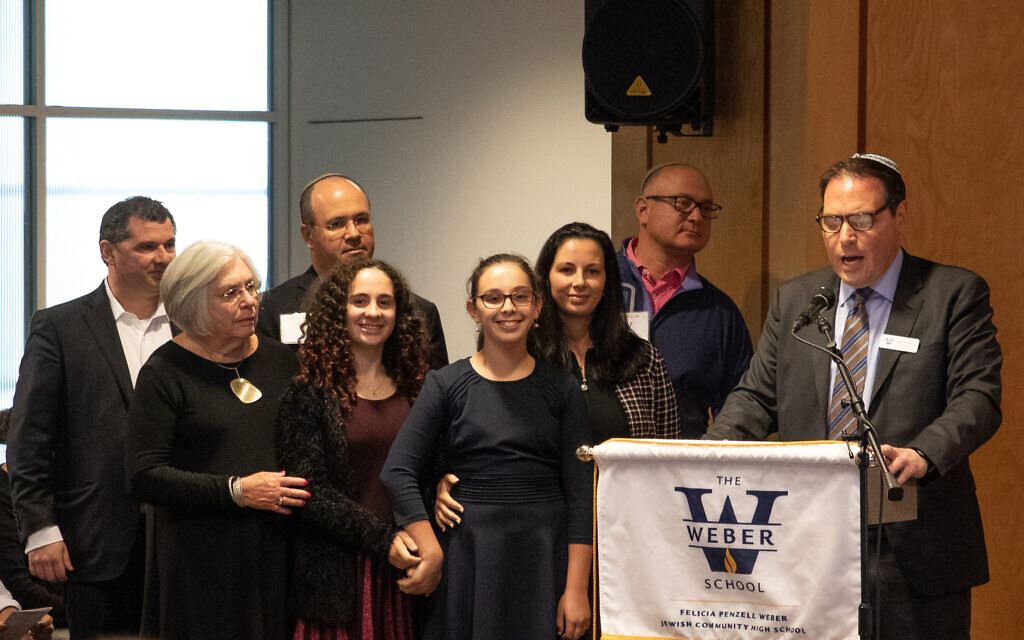
“Our students aspire to become ethically informed and morally driven scientists, tech specialists and designers, and who leverage their abilities to serve causes greater than their own self-interest,” Harwitz said. “Now hear the work, very concretely, that will reflect the mission of the Jewish people, and Daniel Zalik.”
Chris Chapman, director of technology and design, Madi Anderson, fab-lab manager and design instructor, and Adna Muliawan, director of science research and entrepreneurship, discussed their work in the lab, and each introduced a student.
Junior Micah Reich discussed co-founding the Rambots, Weber’s robotics team, and his broad outreach to Jewish Atlanta more broadly.
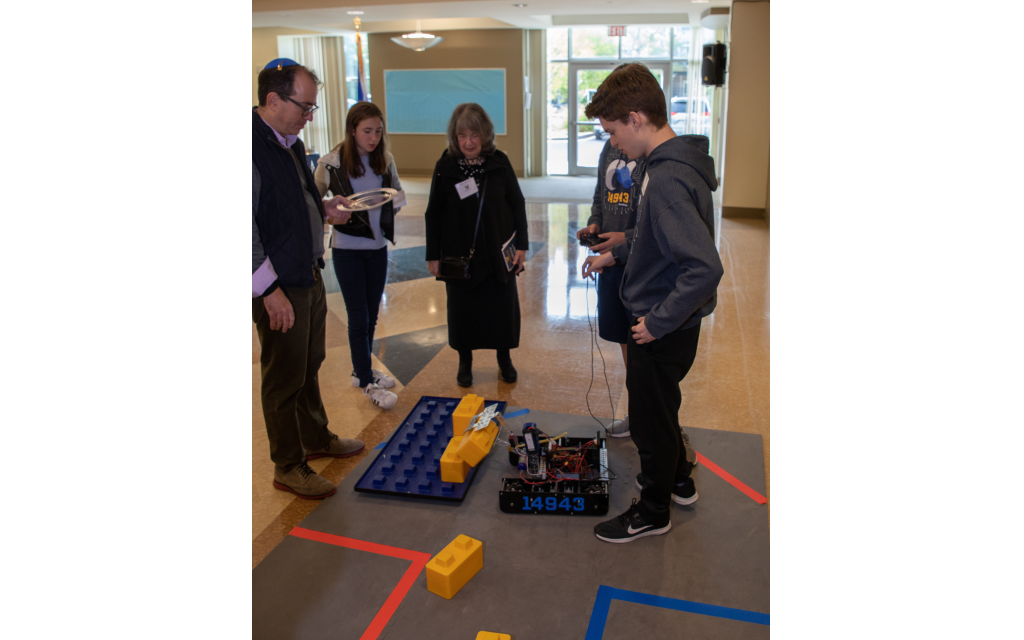
“Though engineering is only one facet of the interdisciplinary nature of our robotics team, community service and outreach are critical goals of our mission. In 2019, the Rambots founded the Atlanta Jewish Community STEM coalition.”
As part of that coalition, Weber students are sharing the knowledge they develop in classes, including those in the Zalik Academy, with younger students at The Epstein School and soon, the Atlanta Jewish Academy and The Davis Academy.
Ninth-grader Maggie Deutsch spoke about how her passion for rock climbing gave her a firsthand look into the shortcomings of prosthetics for athletes with disabilities.
“I wanted to figure out if there was a better way to design a prosthetic leg that mimicked the way a human foot reacts on a climbing wall,” she said. “I discovered that there were no prosthetics on the market that allowed the user to lock their foot in a position needed for climbing. … I wanted to figure out a way to create a better, more versatile and less expensive prosthetic.”
Deutsch noted that her work on prosthetics is ongoing and the announcement of the Zalik Academy was an important factor in her choice to attend Weber.
Finally, senior Ari Slomka spoke about a number of projects he has undertaken at Weber and new ways the academy allowed for more effective and more efficient solutions. As one of those projects, Slomka works with at-risk children in Sandy Springs, providing them school supplies that build foundations in STEM.
“Materials for classroom STEM kits can cost $250 or more for one student,” he said. “Using our state-of-the-art fabrication lab and my experience in engineering and 3-D modeling, I’m working to design and fabricate STEM kits for local after-school program, Los Niños Primero.”
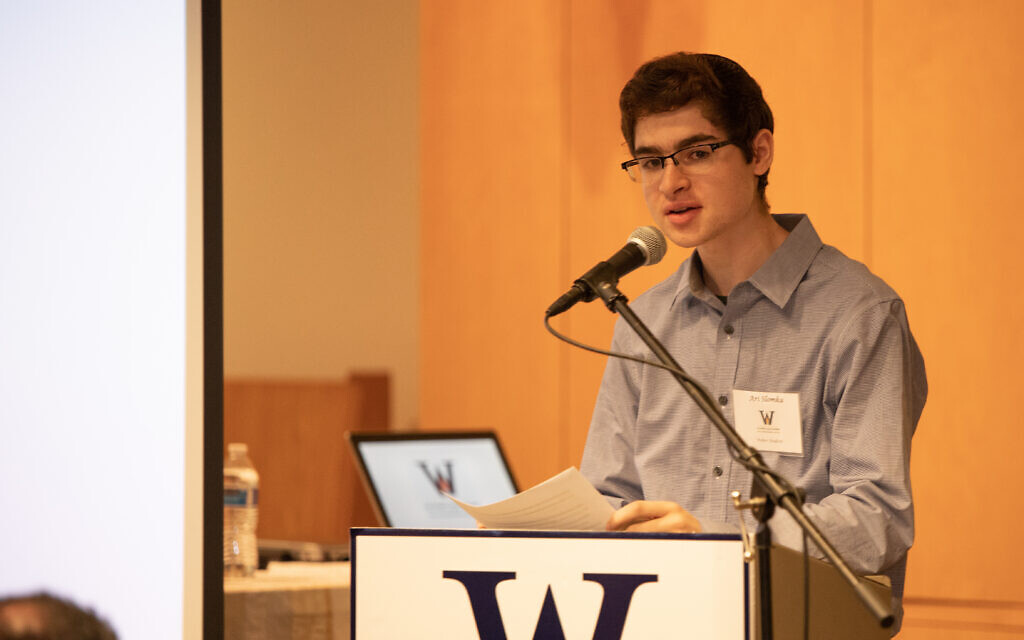
As part of that work, Slomka is meeting with those students to find out their individual passions, and how his kits can best fit their needs.
“A toy rocket ship is undoubtedly awesome,” he said, “but a toy rocket ship you can build and launch yourself that has your name engraved into the side is exponentially cooler.”
Wrapping up the program, David Zalik remembered his brother’s passions, life and work with the World Food Program and discussed what the occasion means to his family.
“Though today is one of excitement, it is also one of mixed emotions,” he said. “Danny used his talents and love of math and science to truly make the world a better place, … and there are people, like these amazing young adults we just heard from, that you just know are making the world a better place.”
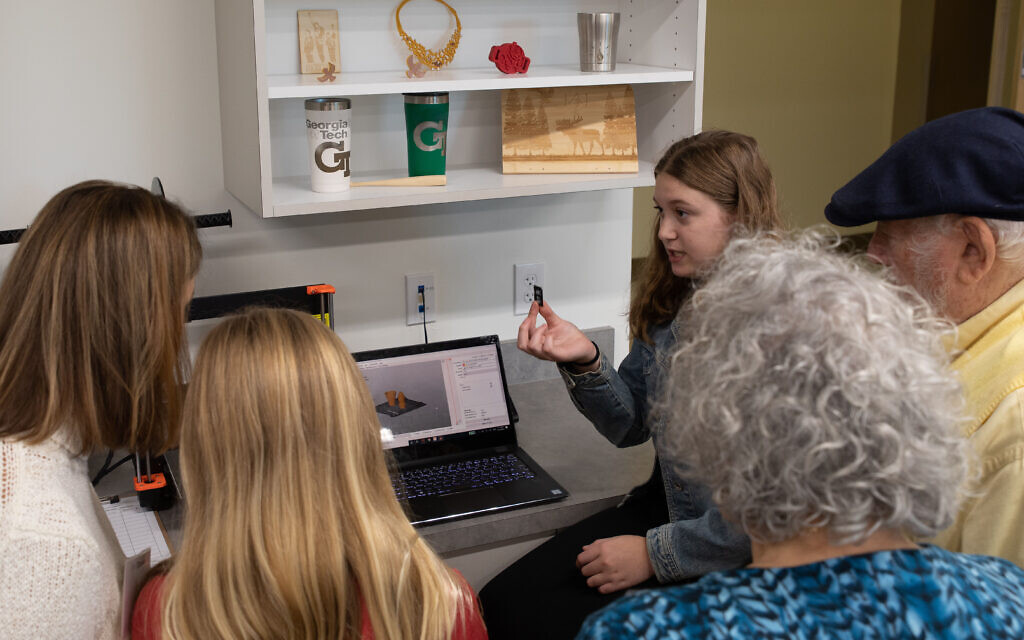
Following the remarks, visitors took turns visiting the new facility, speaking with students and teachers, and watching some of the incredible tools at work.



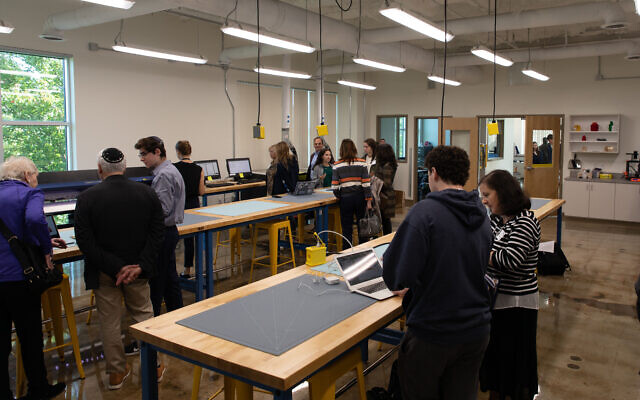
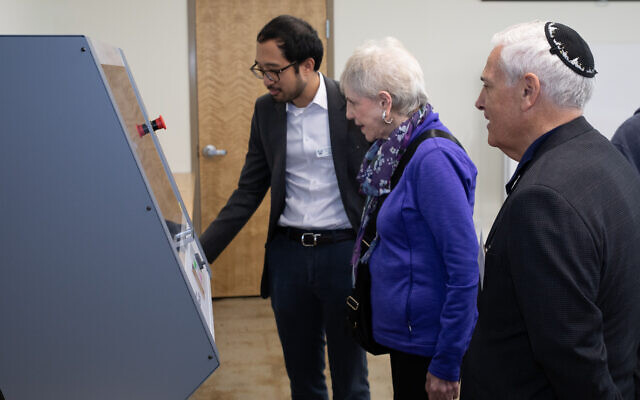
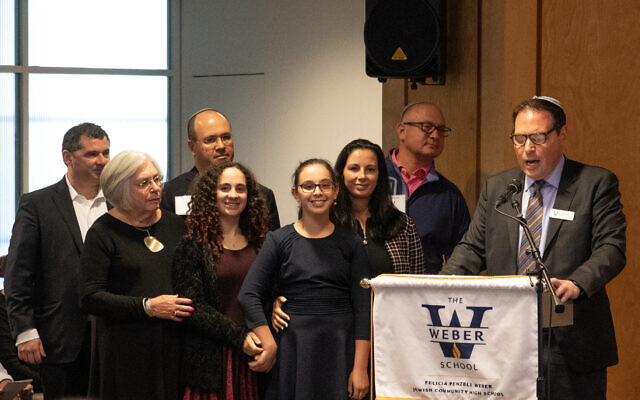
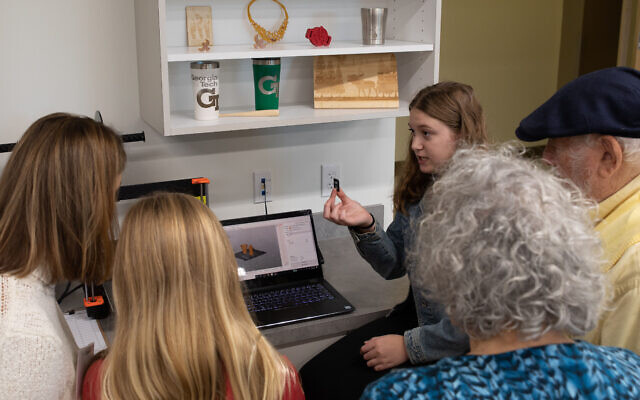
comments